#Plantsgiving: Celebrating the Plant Diversity of Our Food
I am a millennial, though I am not usually one to fall prey to trendy hashtags; but when a …



El inglés es el idioma de control de esta página. En la medida en que haya algún conflicto entre la traducción al inglés y la traducción, el inglés prevalece.
Al hacer clic en el enlace de traducción se activa un servicio de traducción gratuito para convertir la página al español. Al igual que con cualquier traducción por Internet, la conversión no es sensible al contexto y puede que no traduzca el texto en su significado original. NC State Extension no garantiza la exactitud del texto traducido. Por favor, tenga en cuenta que algunas aplicaciones y/o servicios pueden no funcionar como se espera cuando se traducen.
Inglês é o idioma de controle desta página. Na medida que haja algum conflito entre o texto original em Inglês e a tradução, o Inglês prevalece.
Ao clicar no link de tradução, um serviço gratuito de tradução será ativado para converter a página para o Português. Como em qualquer tradução pela internet, a conversão não é sensivel ao contexto e pode não ocorrer a tradução para o significado orginal. O serviço de Extensão da Carolina do Norte (NC State Extension) não garante a exatidão do texto traduzido. Por favor, observe que algumas funções ou serviços podem não funcionar como esperado após a tradução.
English is the controlling language of this page. To the extent there is any conflict between the English text and the translation, English controls.
Clicking on the translation link activates a free translation service to convert the page to Spanish. As with any Internet translation, the conversion is not context-sensitive and may not translate the text to its original meaning. NC State Extension does not guarantee the accuracy of the translated text. Please note that some applications and/or services may not function as expected when translated.
Collapse ▲I am a millennial, though I am not usually one to fall prey to trendy hashtags; but when a …
The passing of Thanksgiving Day marches us closer to the next big holiday……. Christmas! The season begs the question, …

Plants have been used as symbols since the dawn of civilization, and their meaning can resonate through time and …

It’s a dirty job, but someone has to do it! No, we’re not talking about taking out the trash. …
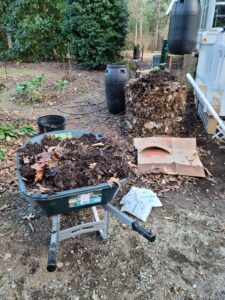
Composting is a great option for folks to keep food and green waste out of their local waste streams. …

I was at the grocery store the other day and nothing catches my eye (and my sweet tooth) like …
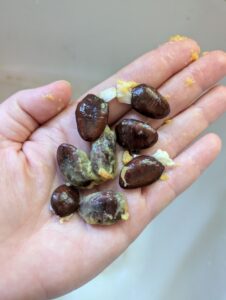
The fall is a great time to reflect on the year’s garden and appreciate the fruits of your labor. …

Fall makes for great gardening weather, and as more folks wander back out into their gardens they are starting …

I have finally decided that fall is my favorite season. Sometimes I think it is spring when the day …
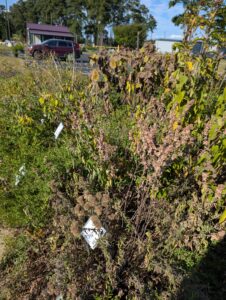
Central North Carolina, like many regions, is susceptible to periods of drought. Drought is a deficiency in precipitation over …
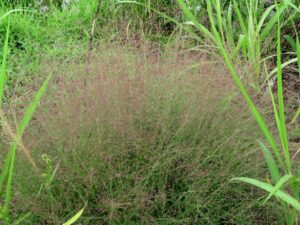
Has that tough spot in your landscape been bugging you lately? You know, that area that stays so hot …

Gardeners, farmers and landowners who manage their land are drawn to those vocations and hobbies for many reasons. Some …
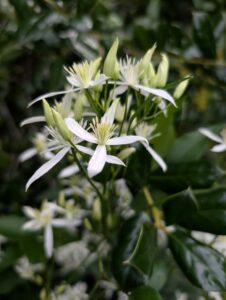
September marks the beginning of the slow descent into Fall in North Carolina. The leaves start to turn colors …

Seeing mushrooms pop up in a lawn can cause a land manager to panic, especially after working hard to …

In late summer, when the relentless heat of August makes many gardens seem tired, a quiet but crucial shift …

The Pollinator Haven Garden at the N.C. Cooperative Extension- Lee County Center is always abuzz these summer days. More …

Get ready, Lee County! It’s time to join a critical scientific effort from August 22-23 and contribute to the …

Central North Carolina gardeners know the drill: summers are scorchers, and 2025 has been no exception. While this year …
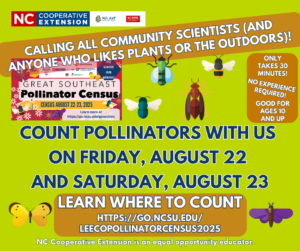
Join Lee County to help count pollinators in our community on Friday, August 22, and Saturday, August 23. You …
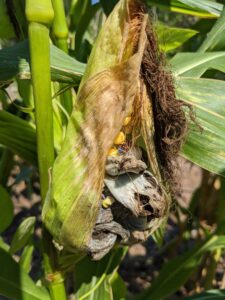
To many, corn smut (Ustilago maydis) is an unsightly fungal disease that manifests as a grotesque greyish-white tumor deforming …

This factsheet describes the biology of the giant strong-nosed stink bug, Alcaeorrhynchus grandis, and provides …
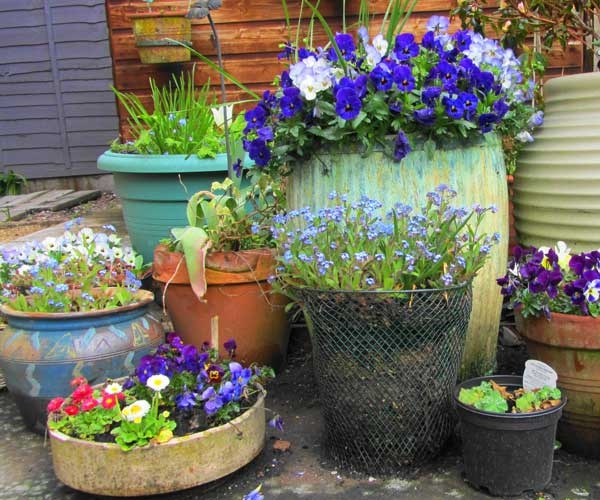
In this publication you will find ideas to get you started growing your own edibles. …

Black root rot impacts a range of woody and herbaceous ornamental plant species primarily in …

This Entomology Insect Note discusses how to identify and manage common armored scale insects that …
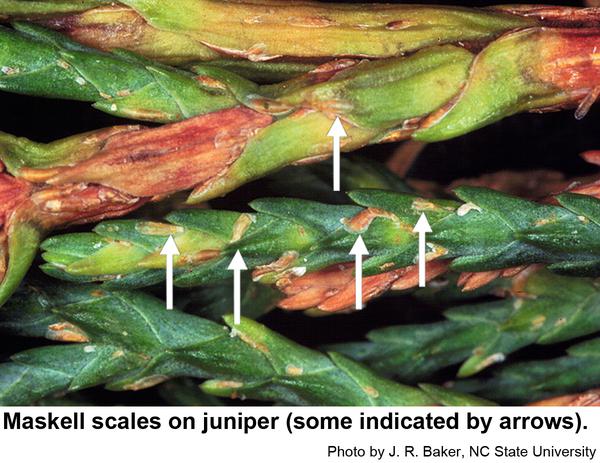
This factsheet describes the biology of the maskell scale, Lepidosaphes maskelli, and provides residential management …
This guide is designed to help turf managers identify the major turfgrass pests found in …
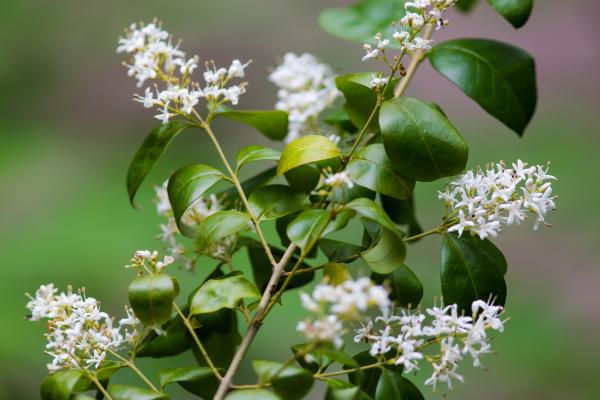
This native plants chapter of the Extension Gardener Handbook defines the term native, why gardeners …

This field guide and linked resources provide information on basic insect identification, sampling methods, monitoring, …